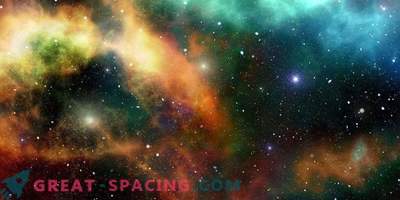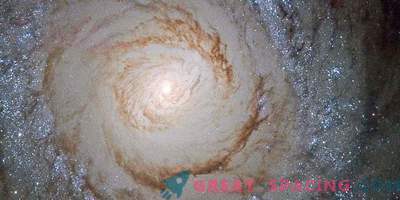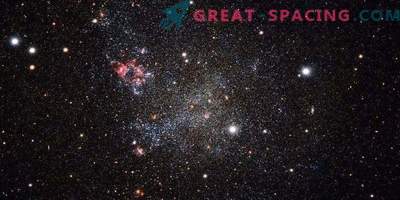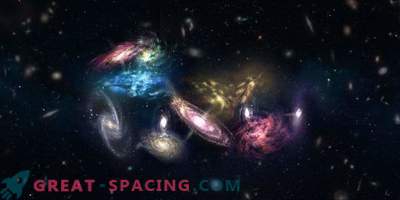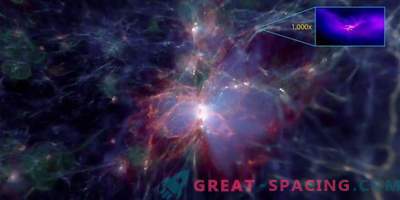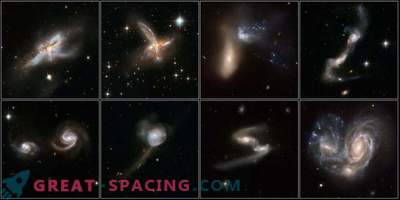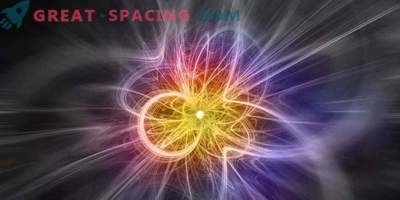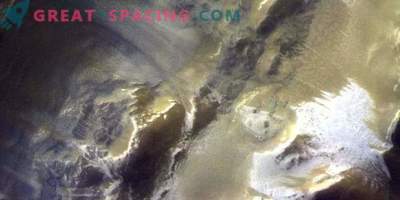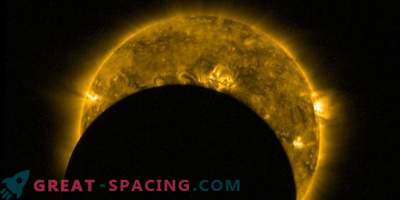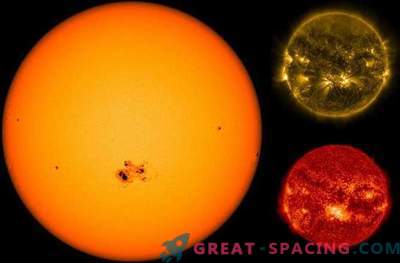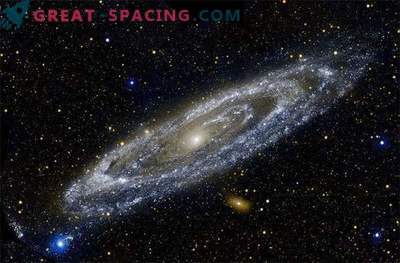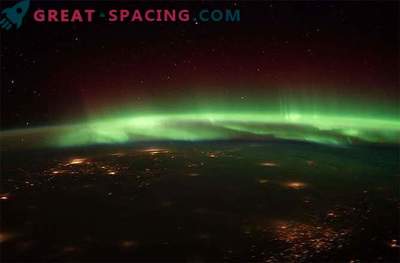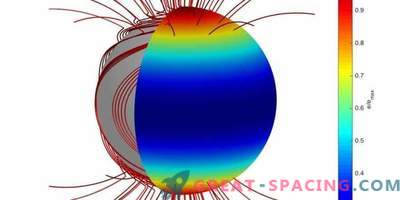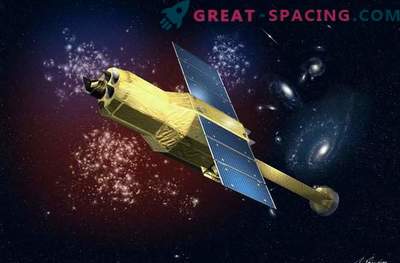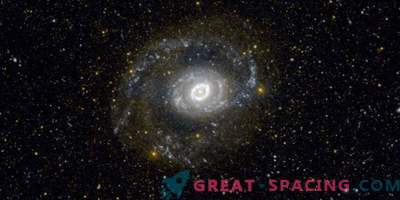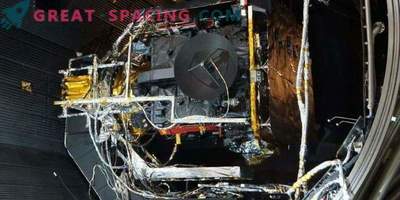
Astronomers have been able to identify some of the earliest galaxies in the universe. They found evidence that the weakest satellite galaxies, orbiting the Milky Way, are among the very first to be formed in space. This is an important discovery and can be compared with the discovery of the remains of the first people on Earth.
The findings show that galaxies, including Segue-1, Bootop I, Toucan I and Ursa Major, are actually among the first created galaxies with an age of more than 13 billion years. The first atoms formed when the space was 380,000 years old. These were hydrogen atoms - the simplest element in the periodic table. Atoms gathered in the clouds, gradually began to cool and settle into small clusters ("halos") of dark matter, arising from the Big Bang.
This cooling phase (“dark ages”) lasted about 100 million years. As a result, the gas cooled inside the halos became unstable and began to form stars. These objects are considered the first formed galaxies. With their appearance, space flashed, ending the period of the dark ages.
Scientists were able to identify two populations of satellite galaxies orbiting the Milky Way. The first was a weak population, represented by galaxies that appeared during the dark ages. The second is a brighter population, where galaxies appeared hundreds of millions of years later, when hydrogen from the first stars, ionized by intense UV radiation, was able to cool down in more massive halos. Interestingly, the previously created model of galaxies is fully consistent with the data, allowing you to derive the times of the formation of satellite galaxies.
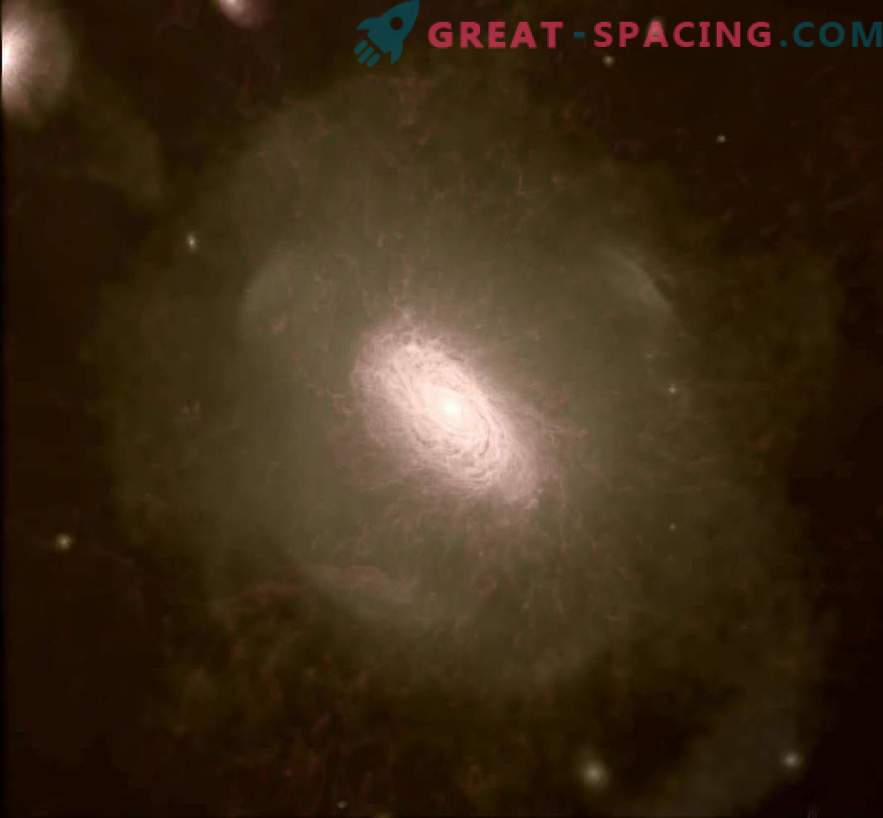
The distribution of satellite galaxies rotating in a computer model, in accordance with the predictions of Lambda-cold-dark-matter. Ancient galaxies began to exist when the space was only 100 million years old. The image was created based on the modeling project Aurig a
This discovery supports the current model of universal evolution, namely Lambda-cold-dark-matter, where the elementary particles of dark matter are driven by cosmic evolution. The intense UV-light emitted by the first galaxies destroyed the remaining hydrogen atoms, ionizing them (knocking out electrons), which makes it difficult to cool this gas and the appearance of new stars. The process of the formation of galaxies stopped and no new ones could appear over the next billions of years.
As a result, dark mother halos became so massive that even ionized gas was able to cool. Galactic formation resumed, which led to the emergence of such bright objects as our Milky Way.
Scientists remind that technologies are developing. As the sensitivity of current and future instruments increases, it will be possible to notice the whole path of the smallest galaxies and improve our understanding of the evolution of space.
